Home>Furniture & Design>Bathroom Accessories>How Much Does A Clawfoot Bathtub Weigh
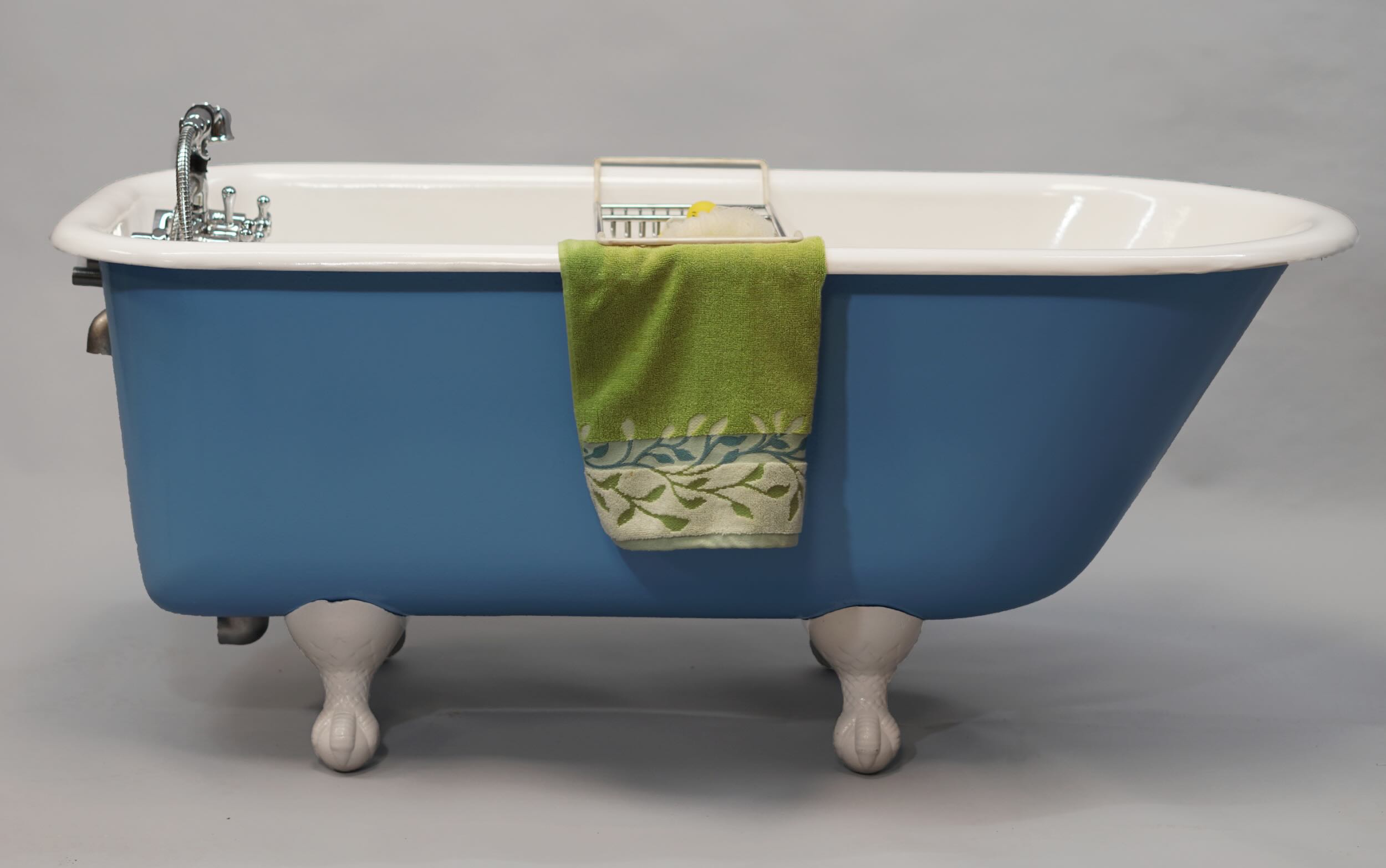

Bathroom Accessories
How Much Does A Clawfoot Bathtub Weigh
Modified: February 18, 2024
Discover the weight of clawfoot bathtubs and other bathroom accessories. Find out how much they weigh and how to handle them effectively. Explore more with our expert guide.
(Many of the links in this article redirect to a specific reviewed product. Your purchase of these products through affiliate links helps to generate commission for Storables.com, at no extra cost. Learn more)
Introduction
Clawfoot bathtubs are timeless fixtures that add a touch of elegance and luxury to any bathroom. These iconic tubs are renowned for their classic design, featuring ornate feet that elevate them from the floor. While their aesthetic appeal is undeniable, it's essential to consider the practical aspects, such as their weight, when incorporating them into a bathroom design or when moving them into a new space.
Understanding the weight of a clawfoot bathtub is crucial for several reasons. Whether you're a homeowner planning a bathroom renovation or a professional installer tasked with moving and installing these majestic tubs, knowing their weight is essential for logistical and safety considerations. Additionally, if you're purchasing a clawfoot bathtub, being aware of its weight can help you make informed decisions regarding transportation and installation.
In this comprehensive guide, we'll delve into the factors that influence the weight of clawfoot bathtubs, explore the average weight range of these fixtures, and provide valuable tips for moving and installing them. By the end of this article, you'll have a thorough understanding of the weight dynamics associated with clawfoot bathtubs, empowering you to make well-informed decisions and ensuring a smooth installation process.
Key Takeaways:
- Clawfoot bathtubs can weigh between 100 to 500 pounds, depending on the material and size. Cast iron tubs are heavier and may require professional help for moving and installation.
- When moving and installing a clawfoot bathtub, it’s important to assess structural support, enlist professional assistance for heavy tubs, and prioritize protective measures to ensure a safe and successful process.
Read more: How Much Does A Full Bathtub Weigh
Factors Affecting the Weight of Clawfoot Bathtubs
The weight of a clawfoot bathtub is influenced by several key factors, each playing a significant role in determining the overall heft of these iconic fixtures. Understanding these factors is essential for anyone involved in the transportation, installation, or renovation of a bathroom featuring a clawfoot bathtub.
Material Composition
One of the primary factors influencing the weight of a clawfoot bathtub is the material from which it is constructed. These bathtubs are commonly crafted from materials such as cast iron, acrylic, or fiberglass. Cast iron clawfoot bathtubs, known for their durability and classic appeal, tend to be heavier compared to their acrylic or fiberglass counterparts. The substantial weight of cast iron tubs is attributed to the density of the material, making them a sturdy and long-lasting choice for a luxurious bathing experience.
Dimensions and Design
The size and design of a clawfoot bathtub significantly impact its weight. Larger tubs with generous soaking dimensions naturally weigh more than smaller, more compact models. Additionally, the intricacy of the design, including the detailing on the feet and the curvature of the tub, can contribute to variations in weight. Ornate and intricately designed clawfoot bathtubs may have additional embellishments, such as decorative feet or raised patterns, which can add to their overall weight.
Feet and Hardware
The feet of a clawfoot bathtub, often crafted from materials like cast iron or brass, play a crucial role in supporting the tub's weight. The design and material of the feet can influence the overall weight of the bathtub. Additionally, the hardware, including the faucet, drain, and other fixtures, contributes to the total weight of the bathtub. High-quality, durable hardware may add to the overall heft of the tub but ensures longevity and reliability.
Read more: How Much Does An Acrylic Bathtub Weigh
Water Capacity
When filled to the brim, the water capacity of a clawfoot bathtub can significantly increase its weight. It's essential to consider the additional load that the tub will bear when filled with water, especially during installation and transportation. The water capacity of clawfoot bathtubs varies based on their size and depth, with larger tubs capable of holding more water, thereby increasing their overall weight.
By understanding these factors that influence the weight of clawfoot bathtubs, homeowners, installers, and renovators can make informed decisions regarding transportation, installation, and overall bathroom design. With these considerations in mind, the weight dynamics of clawfoot bathtubs can be effectively managed, ensuring a seamless and successful installation process.
Average Weight of Clawfoot Bathtubs
The average weight of clawfoot bathtubs can vary significantly based on the factors mentioned earlier. Cast iron clawfoot bathtubs, known for their durability and classic appeal, typically weigh between 300 to 500 pounds, with larger models tipping the scales closer to the upper end of this range. On the other hand, acrylic and fiberglass clawfoot bathtubs are generally lighter, weighing approximately 100 to 150 pounds for standard-sized models.
The weight of a clawfoot bathtub is a crucial consideration during transportation, installation, and structural planning. When moving a cast iron clawfoot bathtub, it's essential to enlist the help of professionals due to their substantial weight. Additionally, the path and entryways through which the tub will be maneuvered must be carefully evaluated to ensure a smooth and safe transportation process.
For acrylic and fiberglass clawfoot bathtubs, their lighter weight simplifies the transportation and installation process, making them a more manageable option for DIY enthusiasts or those working with limited professional assistance.
It's important to note that the weight of a clawfoot bathtub is not only a logistical consideration but also a safety concern. During installation, ensuring that the floor can support the weight of the tub, especially when filled with water, is paramount. This is particularly crucial for upper-level bathrooms or older homes with structural limitations.
When considering the weight of a clawfoot bathtub, it's advisable to consult with a professional installer or contractor to assess the structural integrity of the installation site and ensure that all necessary precautions are taken to support the weight of the tub.
By understanding the average weight range of clawfoot bathtubs and the implications it carries for transportation, installation, and structural considerations, homeowners and professionals can effectively plan and execute the incorporation of these iconic fixtures into a bathroom space. This knowledge empowers individuals to make informed decisions, ensuring a seamless and successful installation process while prioritizing safety and structural integrity.
Tips for Moving and Installing a Clawfoot Bathtub
Moving and installing a clawfoot bathtub requires careful planning and execution to ensure a seamless and successful process. Whether you're a homeowner embarking on a bathroom renovation or a professional installer, these tips will help you navigate the complexities of transporting and installing these iconic fixtures.
-
Assess Structural Support: Before moving or installing a clawfoot bathtub, it's crucial to assess the structural integrity of the installation site. Ensure that the floor can support the weight of the tub, especially when filled with water. If necessary, consult with a contractor to reinforce the floor or seek alternative installation locations with adequate structural support.
-
Enlist Professional Assistance: Due to their substantial weight, cast iron clawfoot bathtubs require professional assistance for safe and efficient transportation. Engage experienced movers or installers who specialize in handling heavy fixtures to ensure the tub is maneuvered and installed with precision and care.
-
Protective Measures: Prior to moving the bathtub, protect the surrounding areas and pathways to prevent damage. Use furniture sliders or protective coverings to safeguard floors and walls along the transportation route. Additionally, ensure that doorways and hallways are measured to accommodate the dimensions of the tub.
-
Secure the Tub: During transportation, securely fasten the clawfoot bathtub to a dolly or another suitable moving apparatus to prevent shifting or tipping. Use straps or restraints to secure the tub in place, minimizing the risk of damage or accidents during transit.
-
Professional Installation: For complex installations or when dealing with intricate plumbing requirements, it's advisable to enlist the expertise of a professional plumber. Proper installation of the faucet, drain, and plumbing connections is essential for the functionality and longevity of the clawfoot bathtub.
-
Consider Accessibility: When positioning the tub in the designated space, consider accessibility for future maintenance or repairs. Ensure that there is adequate space around the tub for servicing plumbing fixtures and addressing any potential issues that may arise over time.
-
Seal and Secure: Once the clawfoot bathtub is in place, ensure that it is properly sealed and secured. Follow manufacturer guidelines for sealing the tub to prevent water damage and ensure a watertight installation. Additionally, verify that the feet are level and stable to support the weight of the tub and its occupants.
By adhering to these tips, homeowners and professionals can navigate the complexities of moving and installing clawfoot bathtubs with confidence and precision. Prioritizing safety, structural integrity, and meticulous planning ensures a successful installation, allowing these iconic fixtures to take center stage in a luxurious and timeless bathroom space.
Conclusion
In conclusion, the weight of a clawfoot bathtub is a crucial consideration that encompasses logistical, safety, and structural implications. Understanding the factors that influence the weight of these iconic fixtures, such as material composition, dimensions, feet and hardware, and water capacity, provides valuable insights for homeowners, renovators, and professional installers. By recognizing the average weight range of clawfoot bathtubs and the implications it carries for transportation, installation, and structural considerations, individuals can make informed decisions and execute a seamless and successful installation process.
The timeless allure of clawfoot bathtubs is complemented by their substantial weight, which underscores the need for careful planning and meticulous execution during transportation and installation. Cast iron clawfoot bathtubs, renowned for their durability and classic appeal, demand professional assistance due to their significant weight, while lighter acrylic and fiberglass models offer a more manageable option for DIY enthusiasts. The safety and structural integrity of the installation site must be carefully evaluated to ensure that the floor can support the weight of the tub, particularly when filled with water.
Moving and installing a clawfoot bathtub requires a strategic approach, encompassing protective measures, professional assistance, and meticulous attention to detail. Assessing structural support, enlisting experienced movers or installers, and securing the tub during transportation are essential steps to ensure a smooth and safe process. Additionally, prioritizing professional installation and considering accessibility for future maintenance contribute to the long-term functionality and appeal of these iconic fixtures.
By embracing these considerations and tips, individuals can navigate the complexities of incorporating clawfoot bathtubs into a bathroom space with confidence and precision. The seamless integration of these majestic fixtures not only elevates the aesthetic appeal of the bathroom but also embodies a timeless elegance that transcends trends. Ultimately, the weight dynamics of clawfoot bathtubs serve as a testament to their enduring presence as a symbol of luxury and sophistication in the realm of bathroom design and functionality.
Frequently Asked Questions about How Much Does A Clawfoot Bathtub Weigh
Was this page helpful?
At Storables.com, we guarantee accurate and reliable information. Our content, validated by Expert Board Contributors, is crafted following stringent Editorial Policies. We're committed to providing you with well-researched, expert-backed insights for all your informational needs.
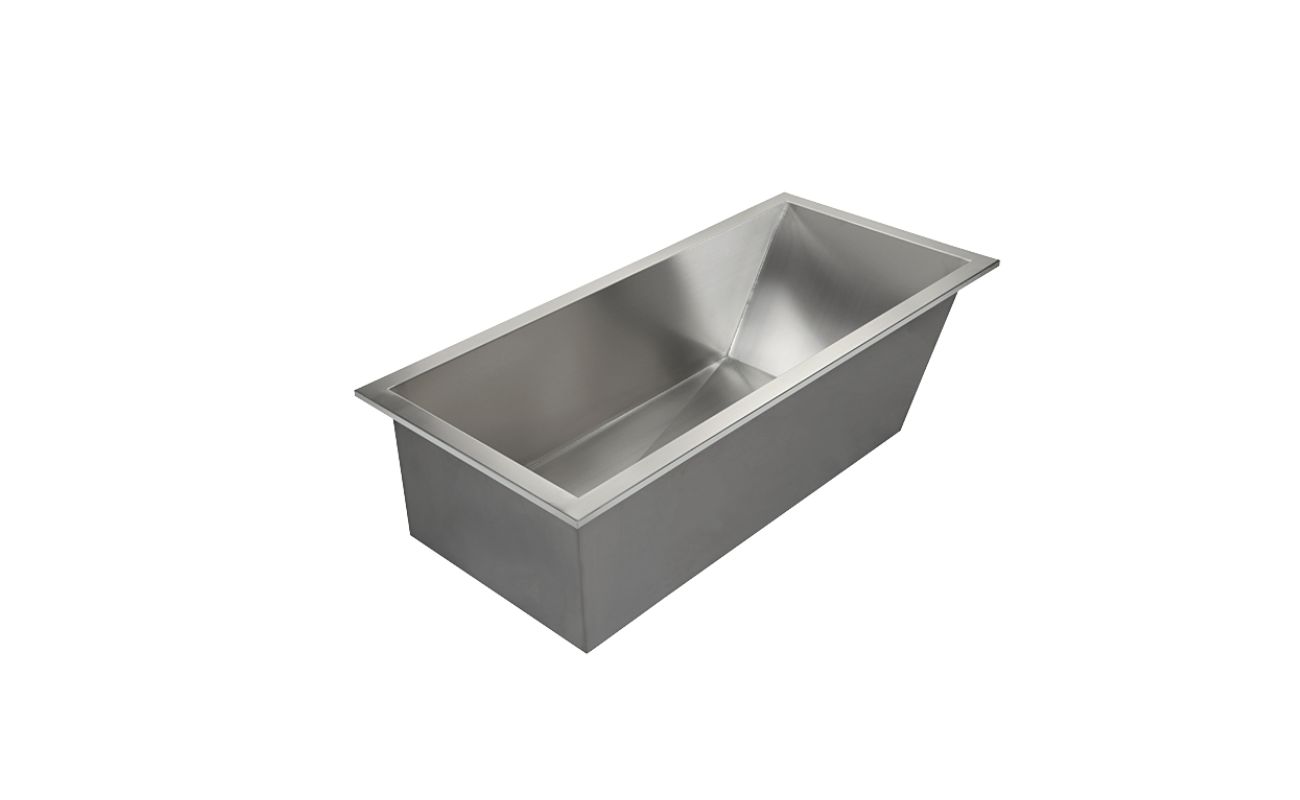


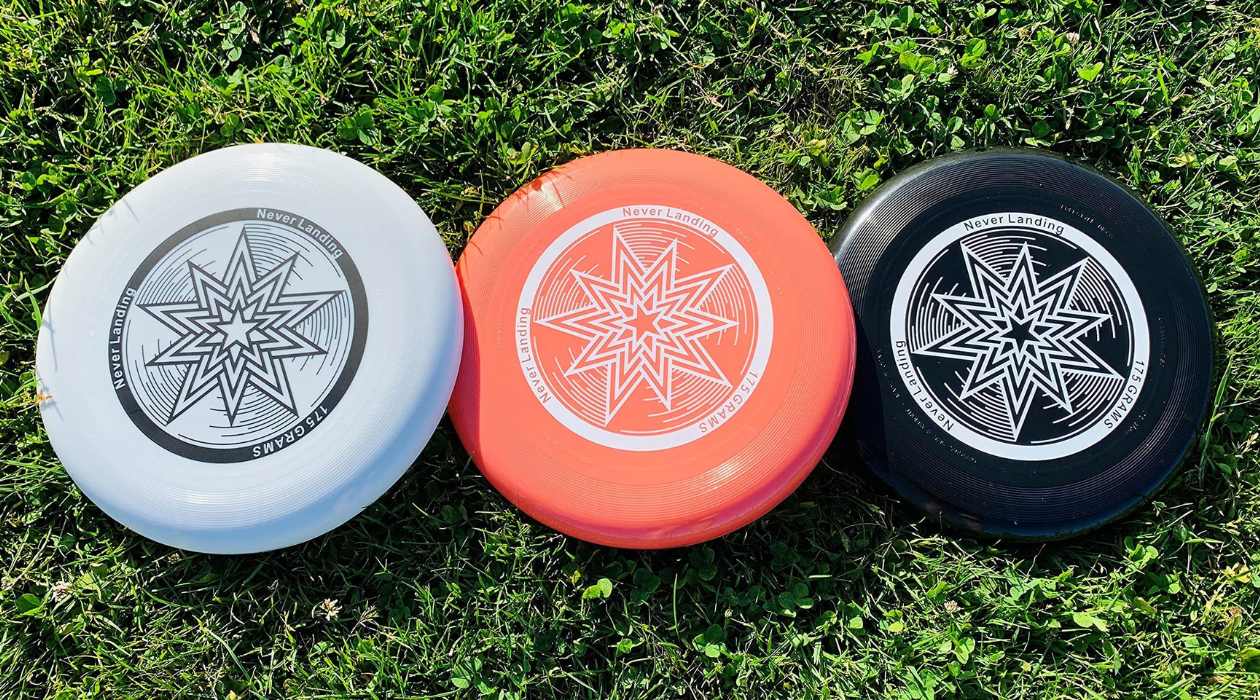

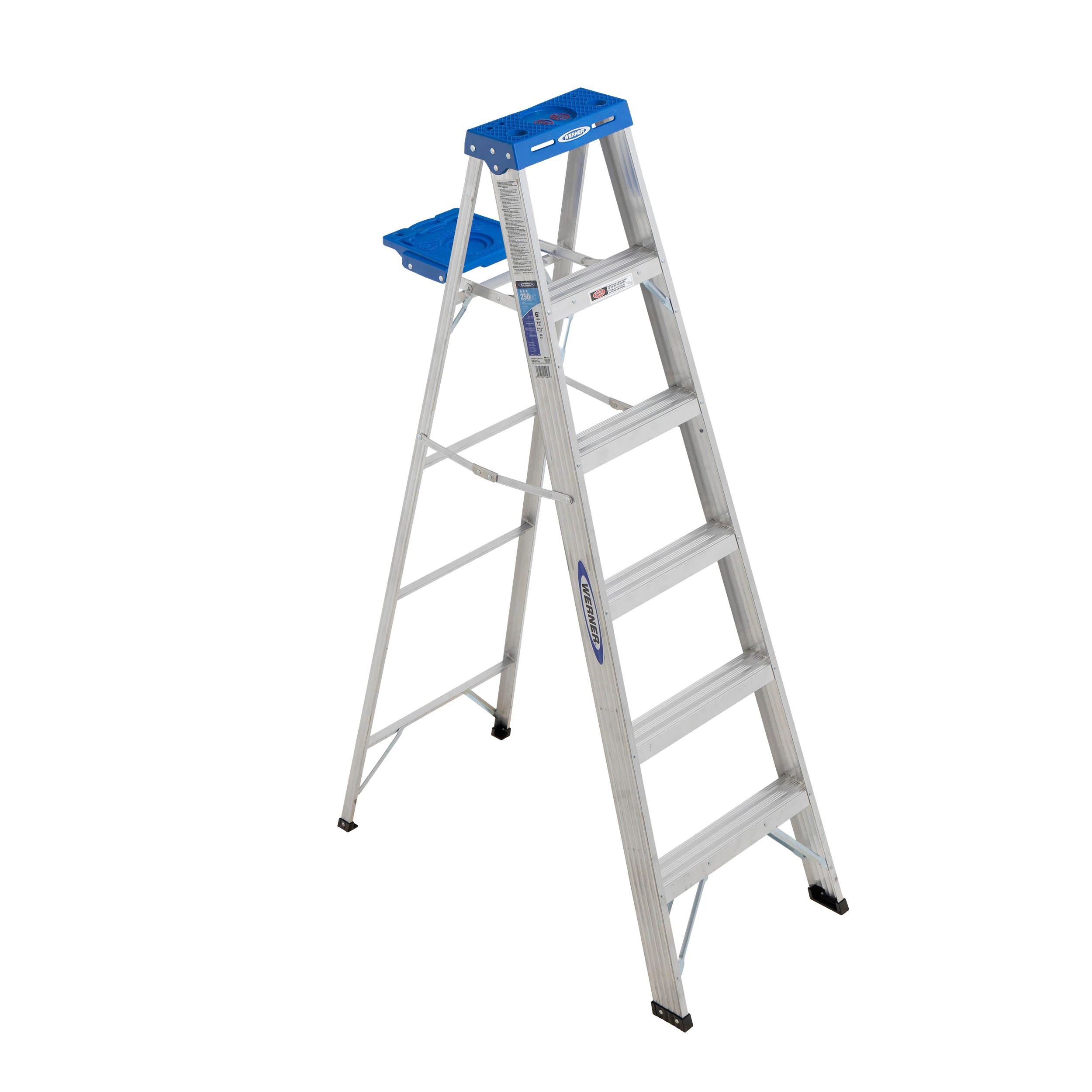
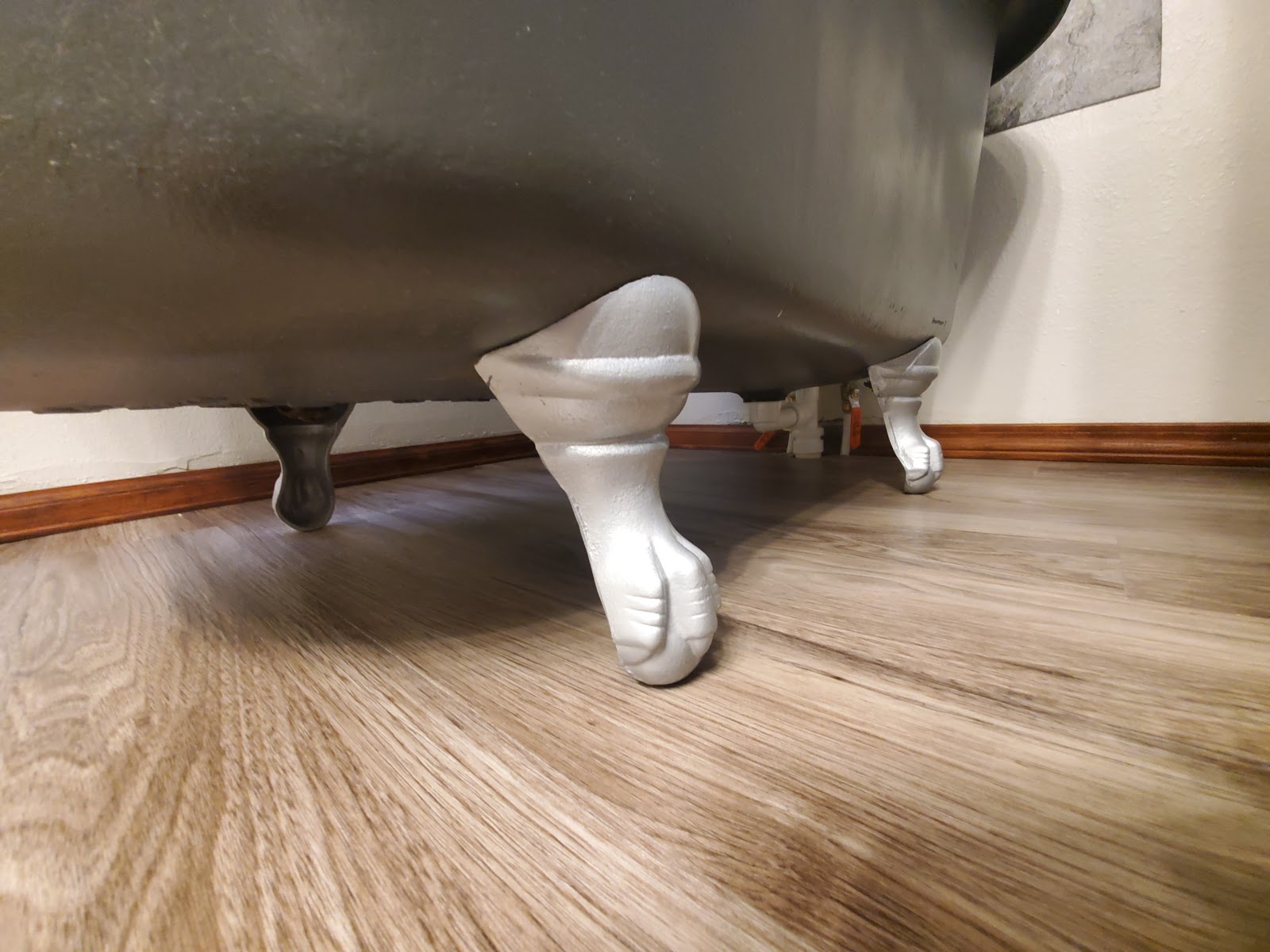
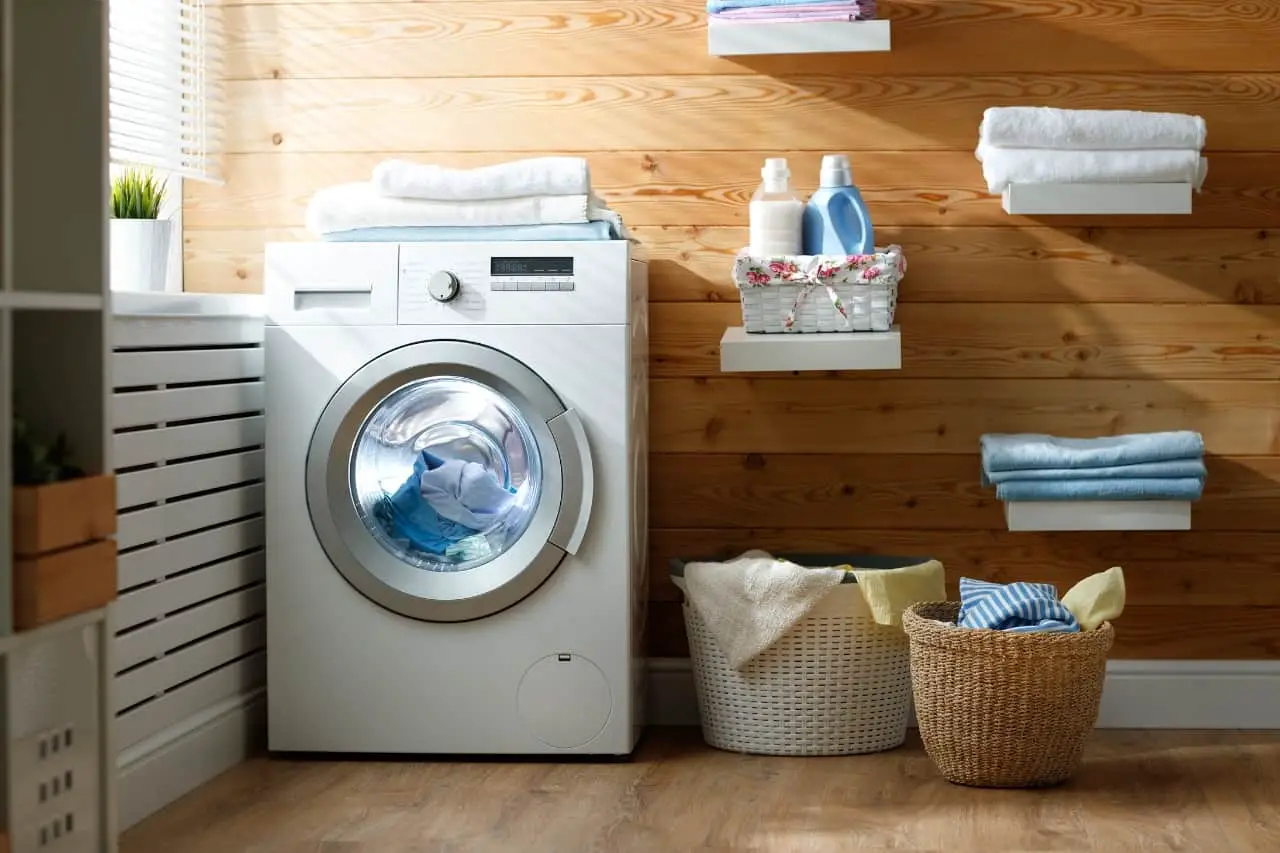
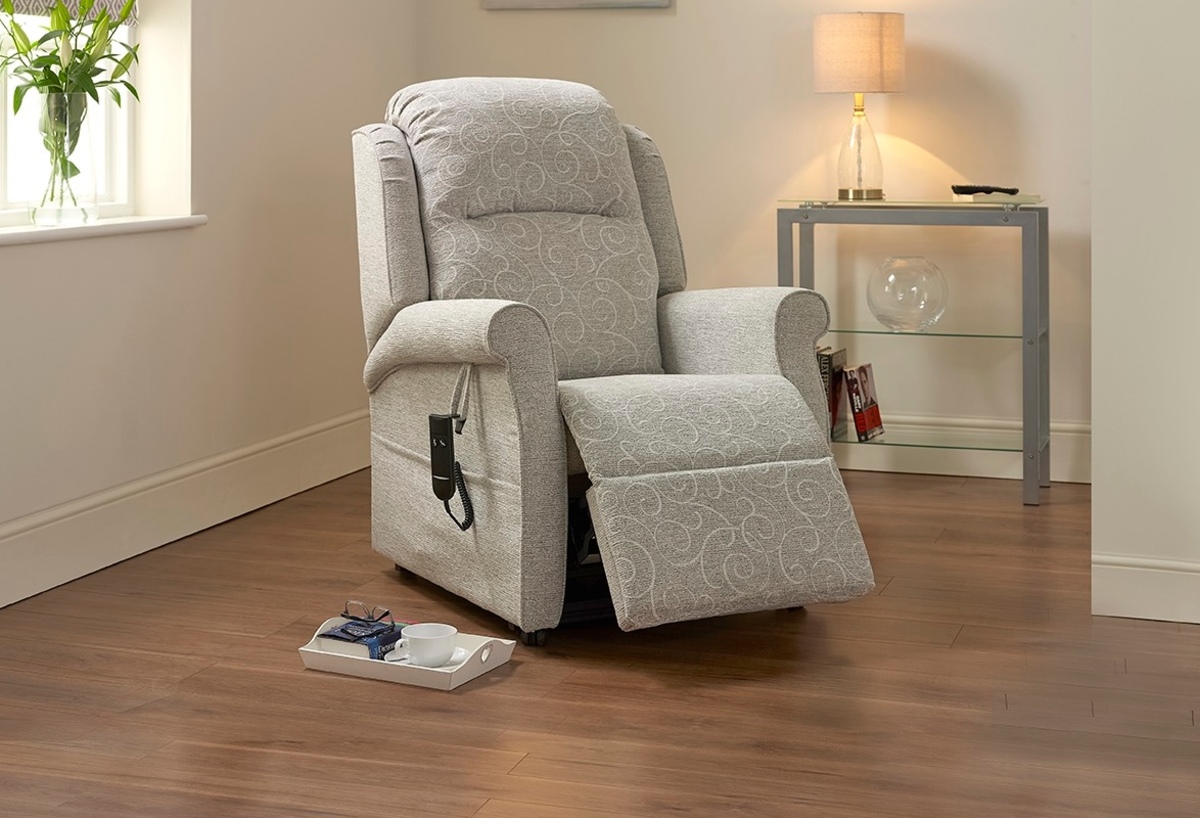
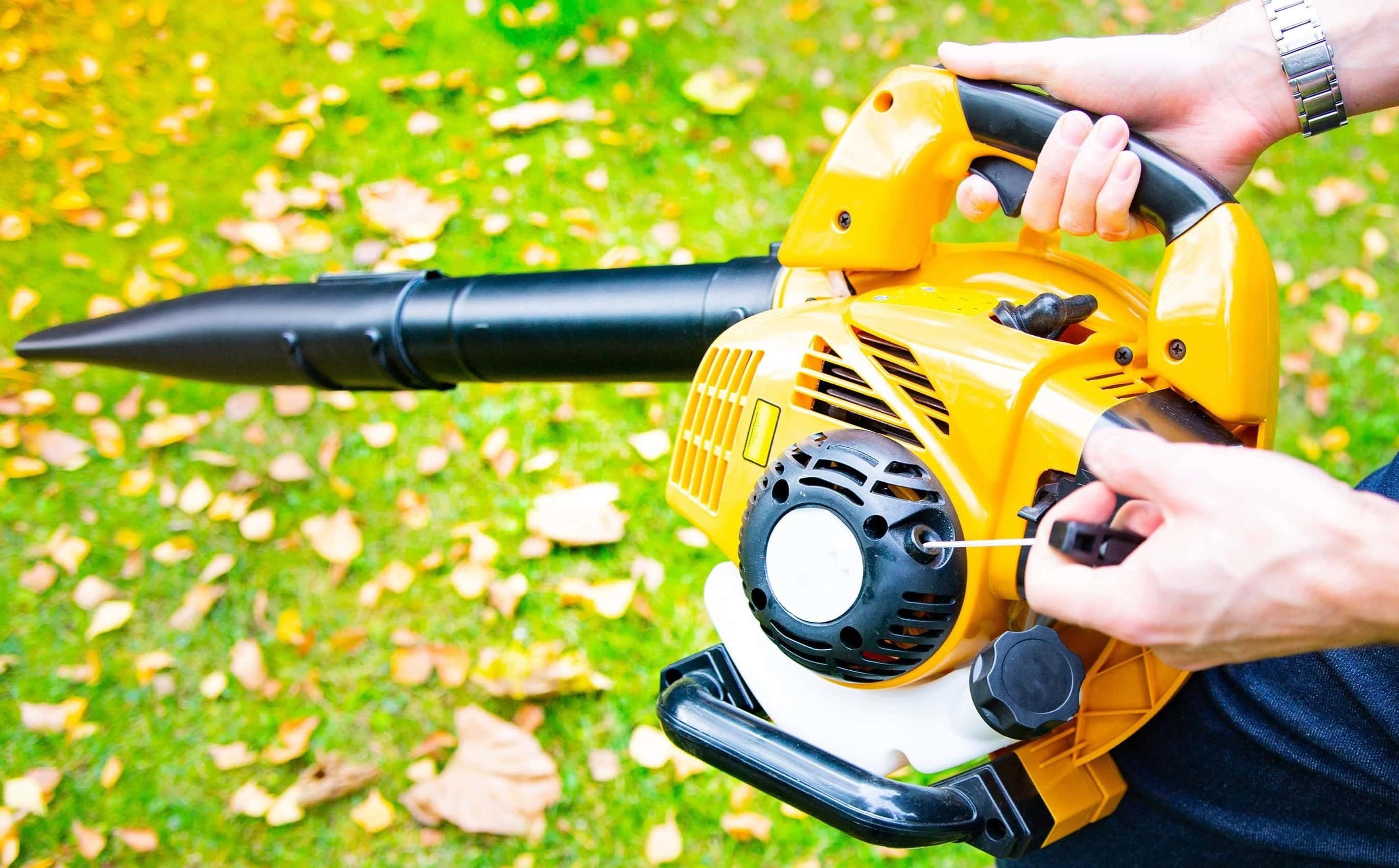
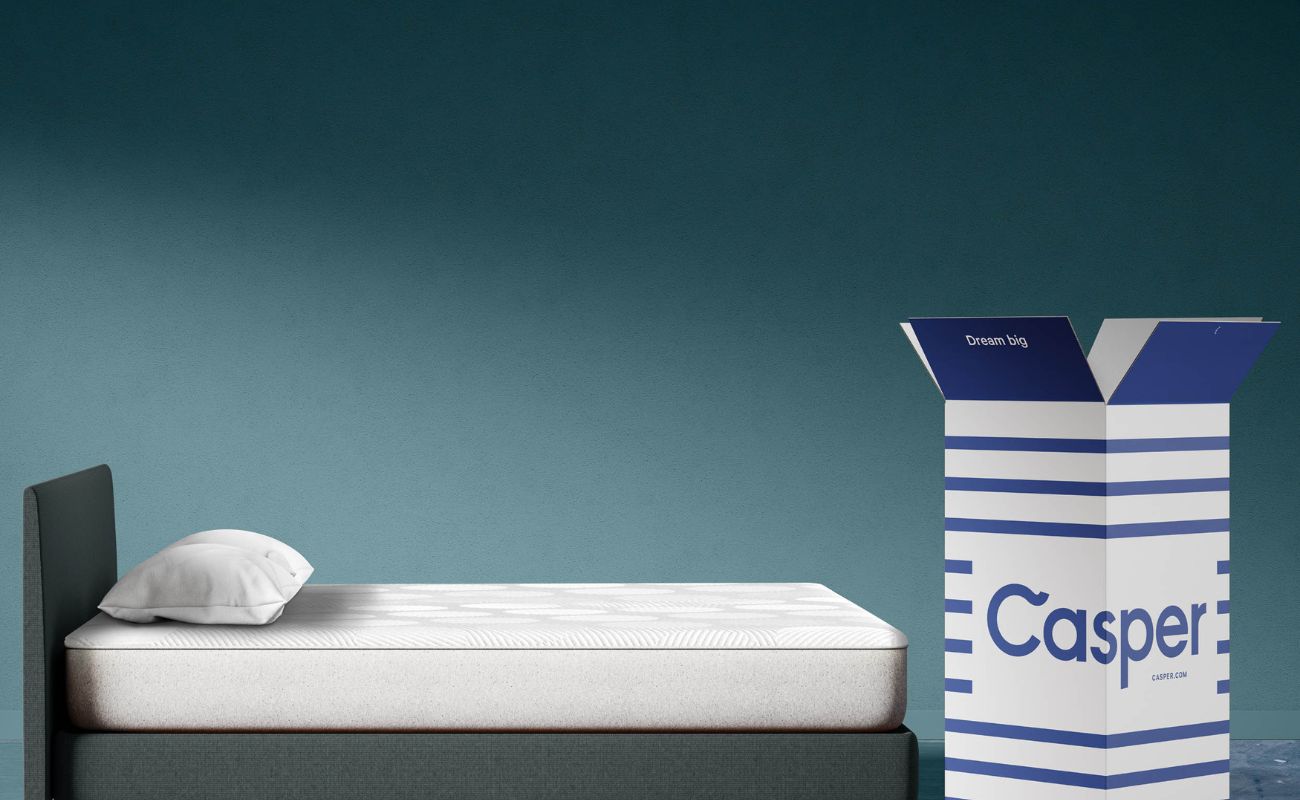

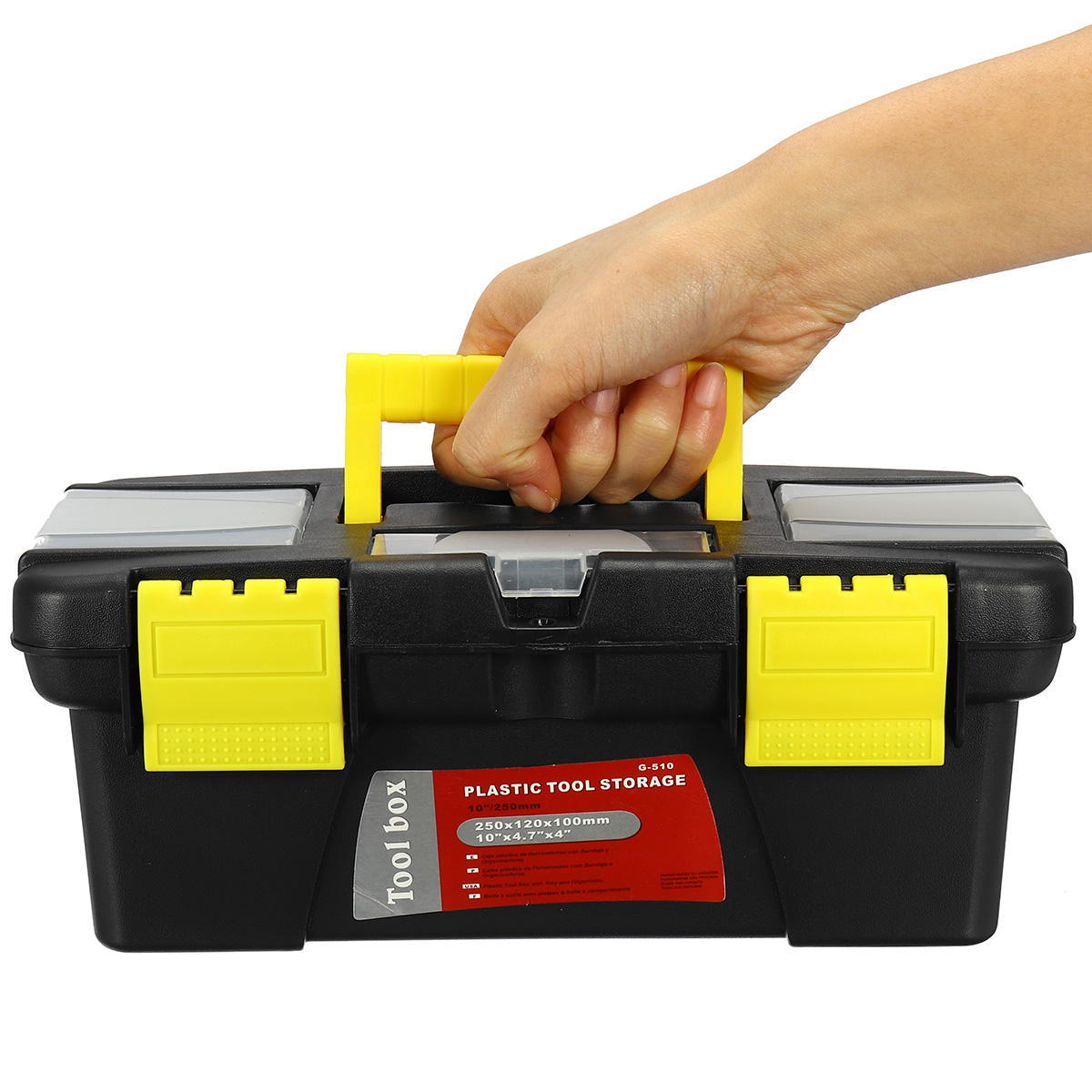
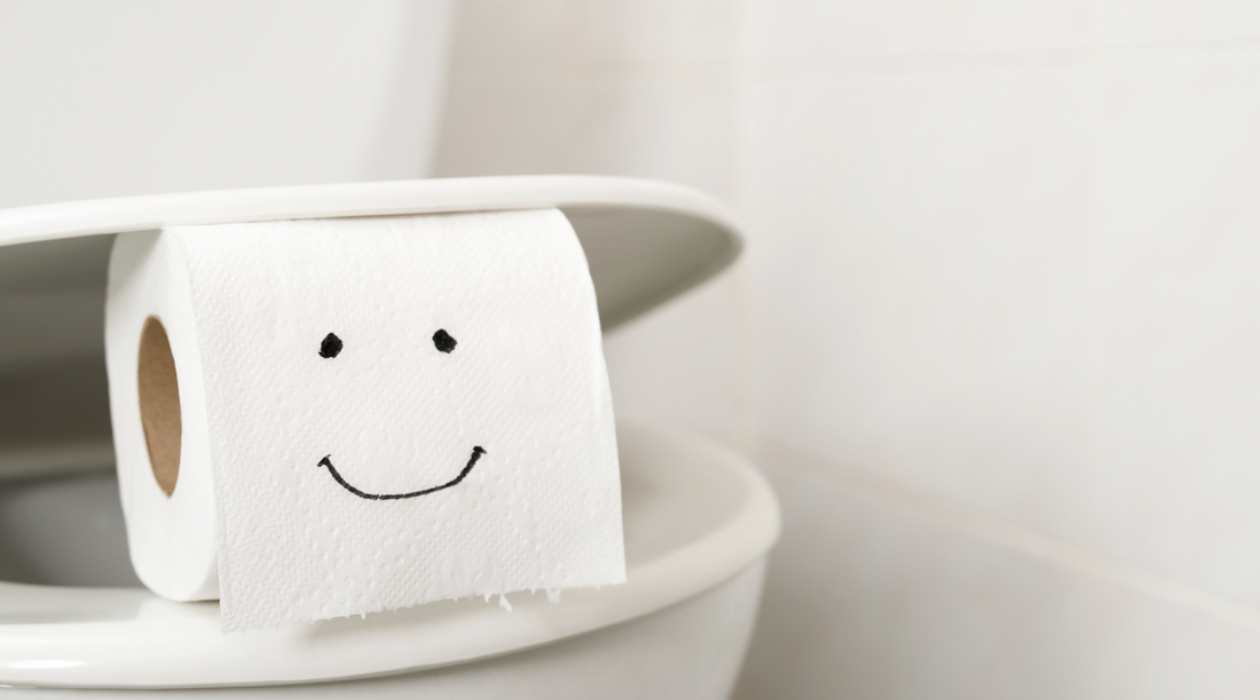

0 thoughts on “How Much Does A Clawfoot Bathtub Weigh”